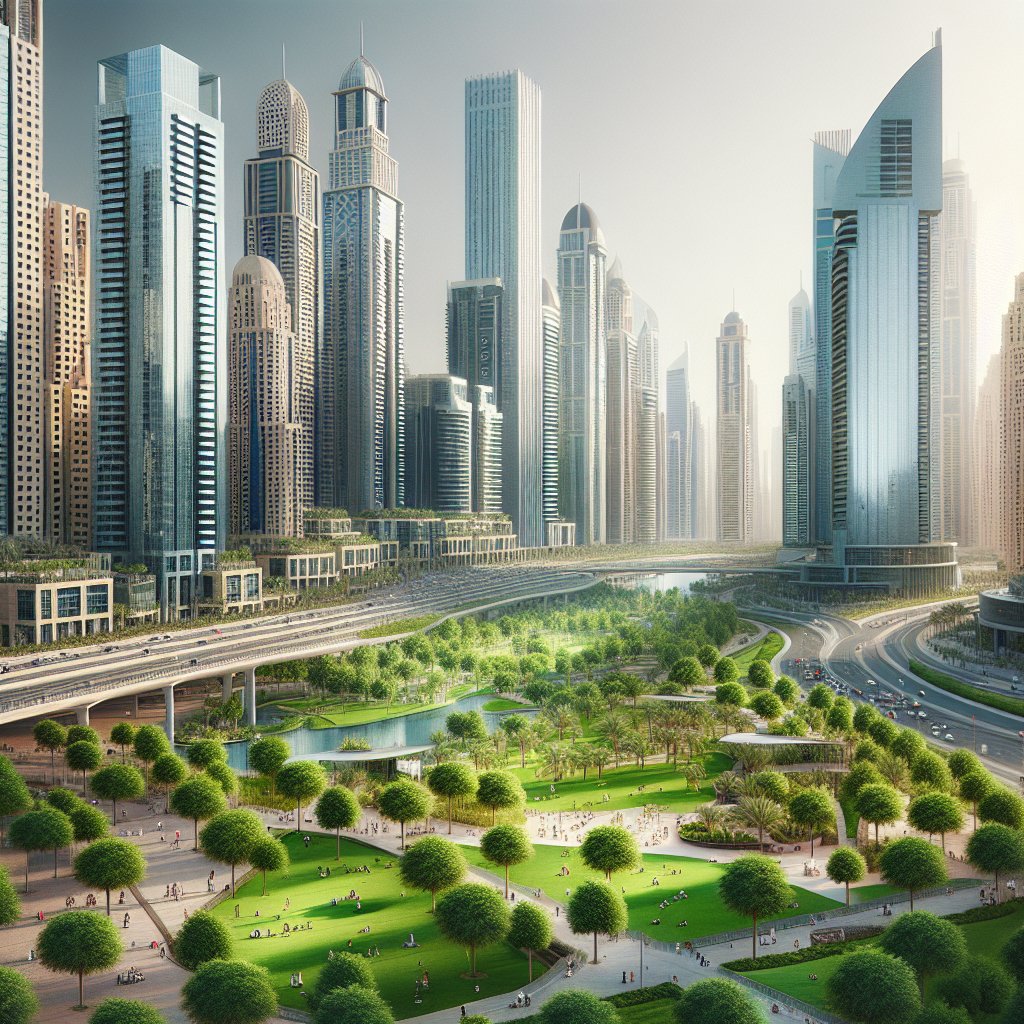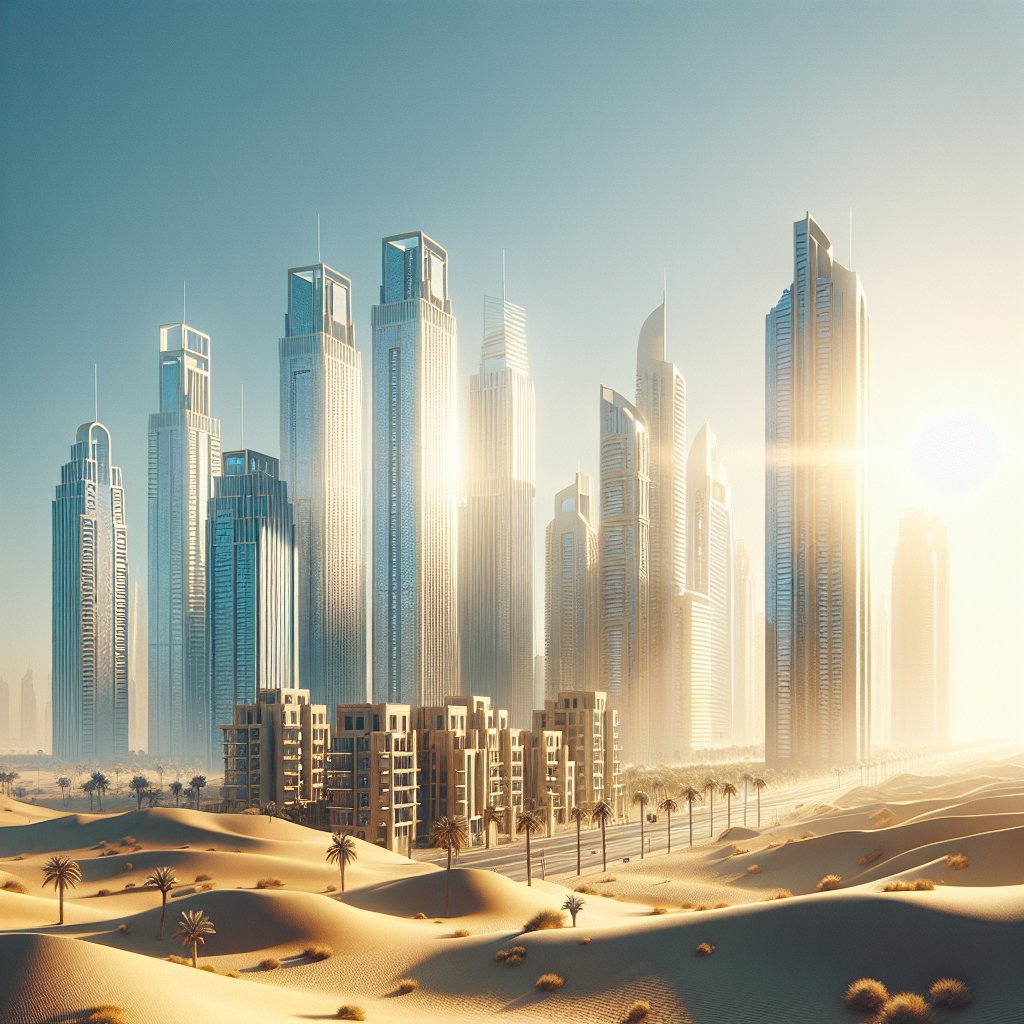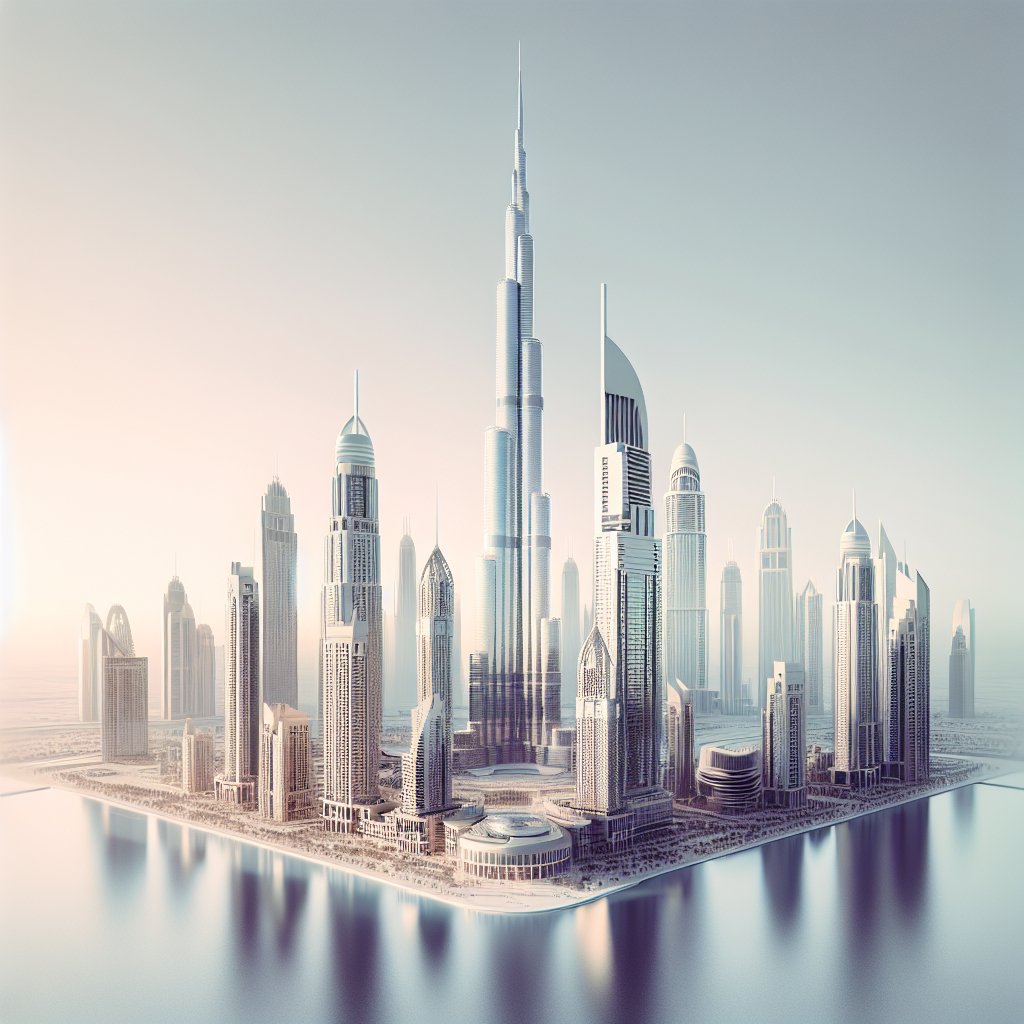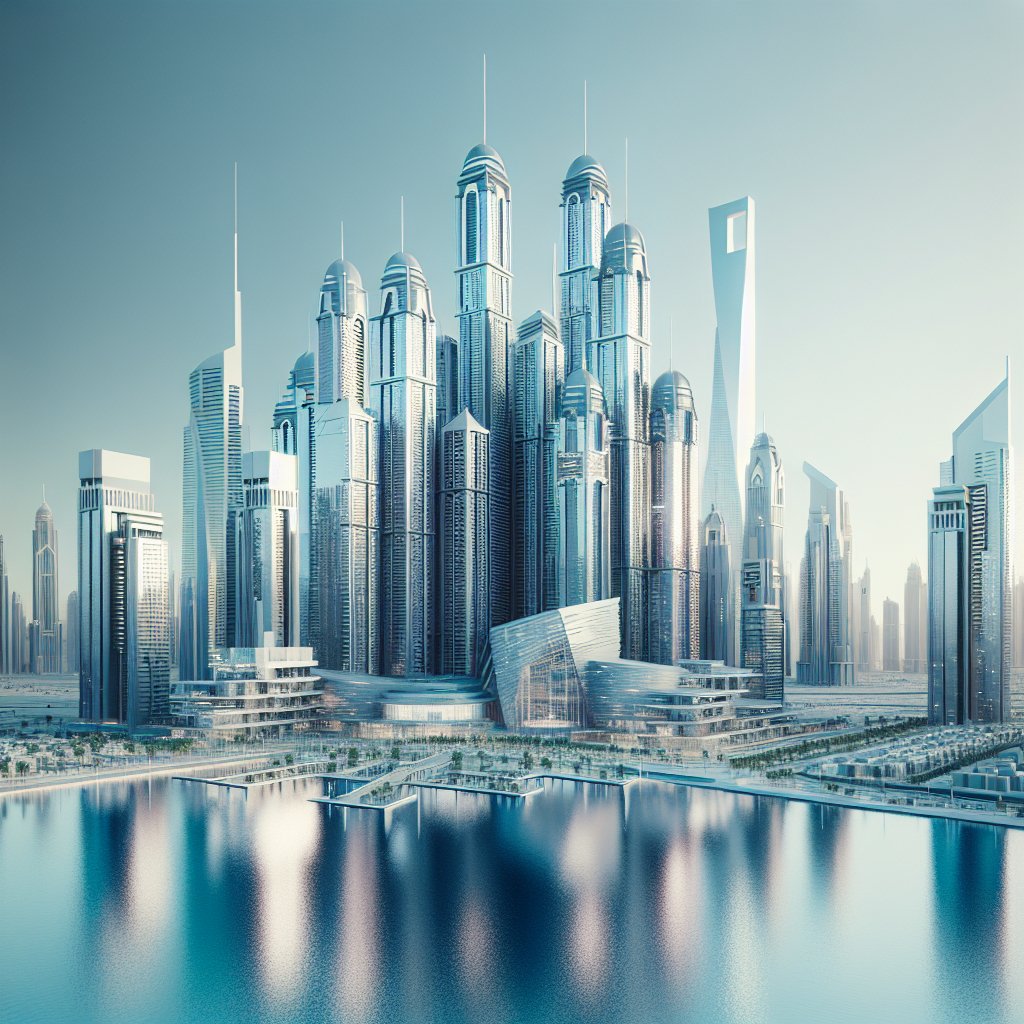Dubai, a city renowned for its futuristic skyline and luxurious lifestyle, is taking significant steps to address the pressing issue of climate change through innovative architectural solutions. As the world grapples with the impacts of global warming, Dubai is leveraging its architectural prowess to create sustainable and resilient urban environments.
Embracing Sustainable Design
One of the key strategies Dubai is employing to combat climate change is the integration of sustainable design principles into its architectural projects. The city is home to some of the most ambitious green building initiatives, aiming to reduce carbon emissions and promote energy efficiency. The Dubai Municipality has set stringent guidelines for new constructions, mandating the use of eco-friendly materials and technologies.
For instance, the Al Sheraa Building, which serves as the headquarters for the Dubai Electricity and Water Authority (DEWA), is a testament to the city’s commitment to sustainability. Designed to be the largest net-zero energy building in the world, Al Sheraa incorporates advanced solar panels, energy-efficient lighting, and a state-of-the-art water recycling system. This building not only minimizes its environmental footprint but also serves as a model for future developments in the region.
Moreover, Dubai’s architectural landscape is increasingly characterized by the use of innovative materials that enhance energy efficiency. The city is exploring the use of smart glass, which can adjust its transparency based on the intensity of sunlight, thereby reducing the need for artificial lighting and air conditioning. Additionally, green roofs and vertical gardens are becoming common features in new developments, providing natural insulation and improving air quality.
Urban Planning and Resilience
In addition to sustainable design, Dubai is focusing on urban planning strategies that enhance the city’s resilience to climate change. The city is investing in infrastructure that can withstand extreme weather events, such as heatwaves and sandstorms, which are expected to become more frequent and intense due to climate change.
One of the flagship projects in this regard is the Dubai Creek Harbour, a mixed-use development that prioritizes resilience and sustainability. The project includes elevated walkways and flood-resistant structures to mitigate the risk of rising sea levels. Furthermore, the development incorporates extensive green spaces and water features that help regulate temperature and provide natural cooling.
Dubai is also enhancing its public transportation network to reduce reliance on private vehicles, which are a major source of carbon emissions. The expansion of the Dubai Metro and the introduction of electric buses are part of the city’s efforts to promote sustainable mobility. By providing efficient and eco-friendly transportation options, Dubai aims to reduce traffic congestion and improve air quality.
In conclusion, Dubai is at the forefront of addressing climate change through innovative architectural and urban planning solutions. By embracing sustainable design and enhancing urban resilience, the city is setting a benchmark for other metropolises around the world. As Dubai continues to grow and evolve, its commitment to sustainability will play a crucial role in shaping a more resilient and environmentally conscious future.









